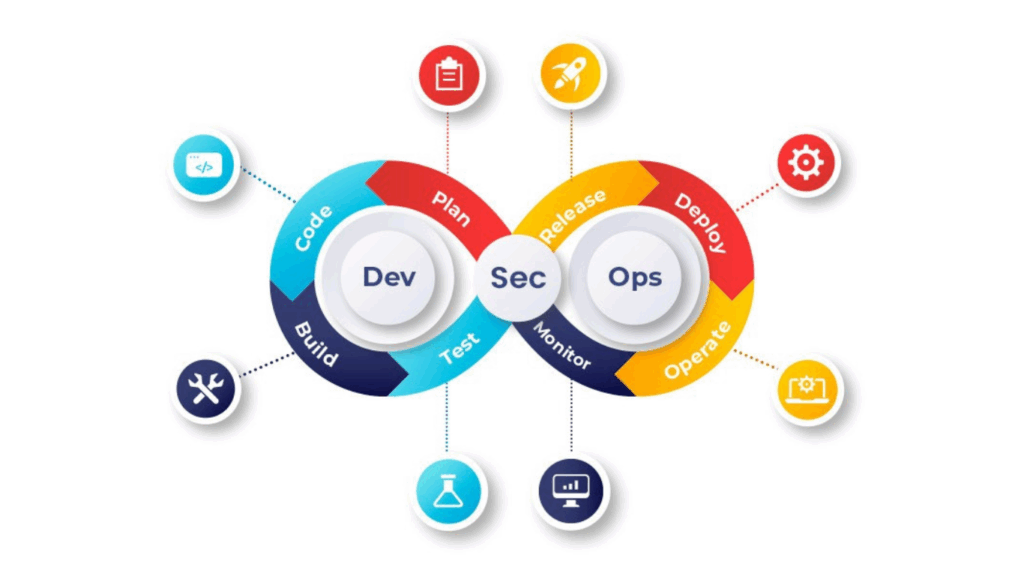Selenium is an open-source, powerful automation testing tool used to test web applications across different browsers and platforms. It supports multiple programming languages like Java, Python, C#, and Ruby, making it highly flexible for developers and testers. Selenium enables testers to write scripts that automate interactions with web elements, ensuring applications perform as expected. In the middle of mastering Selenium’s fundamentals, enrolling in a Selenium course is essential to build hands-on skills in real-time testing environments. From Selenium WebDriver to Grid and IDE, this toolset simplifies testing processes and boosts efficiency. Start learning Selenium today for a future-proof tech career!
1. What is Selenium?
Selenium is a set of tools and libraries that used to automate web applications across
different platforms using different programming languages.
2. What are the different Tools or Components of Selenium?
i) Selenium IDE (Integrated Development Environment)
ii) Selenium RC (Remote Control). Its obsolete now, Not in use now and merged with Selenium
WebDriver
iii) Selenium WebDriver
iv) Selenium Grid
3. What are the different programming languages supported by Selenium?
Java, PHP, Python, Ruby, Perl, JavaScript
4. What are the different Operating Systems supported by Selenium?
Windows, Mac, iOS, Linux, Android
5. What are the different Browsers supported by Selenium?
Chrome, IE, Firefox, Safari, Opera, Edge etc.
6. What is Selenium IDE?
Selenium IDE is an integrated development environment used to create and execute Selenium
Test Cases. It was originally created as a Firefox Extension and been extended to Chrome
browser. It automate tests using the record and playback feature.
7. What is Selenium Grid?
Selenium Grid enables parallel testing of applications on multiple machines which supports
distributed text execution. It can be used across multiple browsers and OS. It was created to
minimize the time taken in executing test cases.
8. What is Selenium WebDriver?
Selenium WebDriver was the first Cross-Platform testing framework which control, the
browser. It is used to create test cases that can run on various browsers. Selenium WebDriver
directly calls the browser by using each browser’s native support.
9. What is Maven and usage of Maven in Selenium?
Maven is a build management tool primarily used for Java projects. Maven first describes how
our software is build and, second, it describes its dependencies. Maven helps us to manage our
Selenium project’s build easily. It can manage build compilation, documentation and other
project related works by itself. It helps us in creating project structure, and manage jar files in
project’s build path.
10. What is TestNG and usage of TestNG in Selenium?
TestNG is an open-source automated testing framework, where NG stands for “Next
Generation” It is a framework inspired from JUnit and NUnit, but by adding some new
functionalities makes it more powerful and easier to use. It helps to group Test Cases, run
Test batches, parameterizing Tests and provides detailed HTML Test reports in selenium.
11. What are the Advantages of Selenium?
- It is an Open Source Tool
- It supports multiple browsers
- It supports multiple Operating Systems
- It supports multiple languages
- It supports distributed test execution
- It can execute the same script in parallel.
- It can integrate with other tools like Maven, ANT, TestNG, NUnit, JUnit etc.
- It can handle JavaScript Errors in the application
- It can simulates the actions performed by human
- Browser can be minimized while executing the code and can do our other works
- It support many IDEs, Eclipse for Java language and Visual Studio for C#
12. What are the Disadvantages of Selenium?
- It automates only web based applications
- Tester should have programming knowledge to automate the applications
- Selenium does not generate any in-built report
- Image comparison is not possible
- Captcha and Bar Code readers cannot be automated
- Recovery scenario is not available by in-built
13. What are the basic Pre-Requisites required in Selenium?
- Basic HTML Knowledge
- Basic Coding Knowledge
14. What are the differences between Selenium and UFT
- Selenium is an open source tool , where as QTP is an paid tool.
- Selenium is used to test web based applications only while QTP test wide variety of
applications like web based, desktop. - Selenium supports scripting in different languages like Java, .Net, Python, Ruby, Perl
etc. while in QTP supports only vb scripting. - Web Automation testing with selenium requires no cost to buy where as QTP requires
paid license.
15. What are the popular Testing Frameworks used in Selenium?
TestNG and JUnit etc are the popular testing frameworks used in selenium.
16. What are the phases in Software Testing Process?
As per industry standards, Software Testing Process has four important phases, They are Test
Planning, Test Design, Test Execution and Test Closure.
17. What are the phases in Selenium Testing Process?
Test Planning, Creating Test Cases, Executing and Debugging Test Cases, Analyzing Test Results
and Reporting defects.
18. How to create Test cases using Selenium IDE?
By using Recording feature we can create Test cases in Selenium IDE
19. How to create Test cases using Selenium WebDriver?
By using element locators and methods in WebDriver we can create Test Cases
20. How to conduct Batch Testing in Selenium?
By using TestNG or JUnit, we can conduct Batch Testing
21. List out the important TestNG Annotations?
Important TestNG Annotations are
i. @Test
ii. @BeforeClass
iii. @AfterClass
iv. @BeforeMethod
v. @AfterMethod
vi. @BeforeTest
vii. @AfterTest
viii. @BeforeSuite
ix. @AfterSuite
22. What is the difference between @BeforeMethod and @AfterMethod in TestNG?
@BeforeMethod: It runs before each test method in a program
@AfterMethod: It runs after each test method in a program
23. What is the difference between @BeforeTest and @AfterTest in TestNG?
@BeforeTest: It runs before any test method inside the test class
@AfterTest: It runs after any test method inside the test class
24. What is the difference between @BeforeClass and @AfterClass
@BeforeClass: This method runs only once before the first test method in the current class is
invoked
@AfterClass: This method runs only once after all the test methods in the current class are
executed.
25. What Selenium IDE and Selenium WebDriver doesn’t support?
Selenium IDE doesn’t support Programming whereas Selenium WebDriver doesn’t support
Recording facility.
26. What is the execution order of TestNG Annotations?
The execution order is as follows
@BeforeSuite
@BeforeTest
@BeforeClass
@BeforeMethod
@Test
@AfterMethod
@AfterClass
@AfterTest
@AfterSuite
27. Difference between Selenium and QTP
- Selenium is an open-source tool, whereas QTP is a paid tool.
- Selenium is used to test web-based applications only while QTP test a wide
variety of applications like a web-based, desktop. - Selenium supports scripting in different languages like Java, .Net, Python, Ruby,
Perl, etc. while in QTP supports only vb scripting. - Web Automation testing with selenium requires no cost to buy whereas QTP requires paid license.
Conclusion
In conclusion, Selenium is a powerful and widely used open-source tool for automating web applications across different browsers and platforms. It supports various programming languages and provides robust features for test automation. To truly harness its capabilities, investing in Selenium training online is essential, as it equips testers with the skills and best practices needed for efficient automation. A solid understanding of Selenium fundamentals combined with hands-on experience can significantly enhance the quality and speed of software testing processes.






























7 Responses